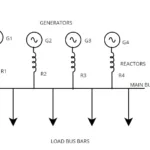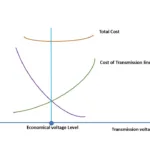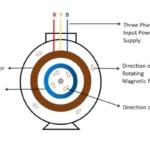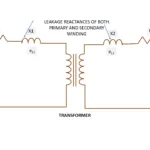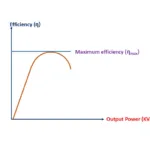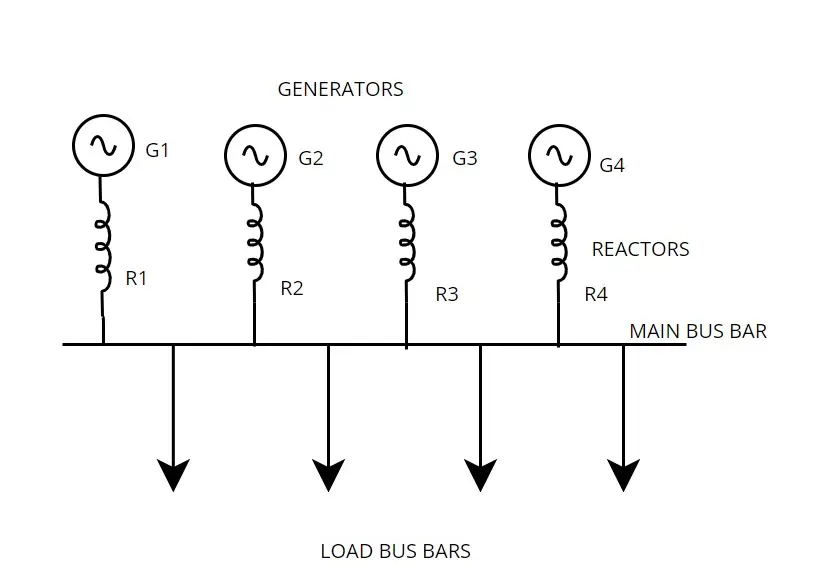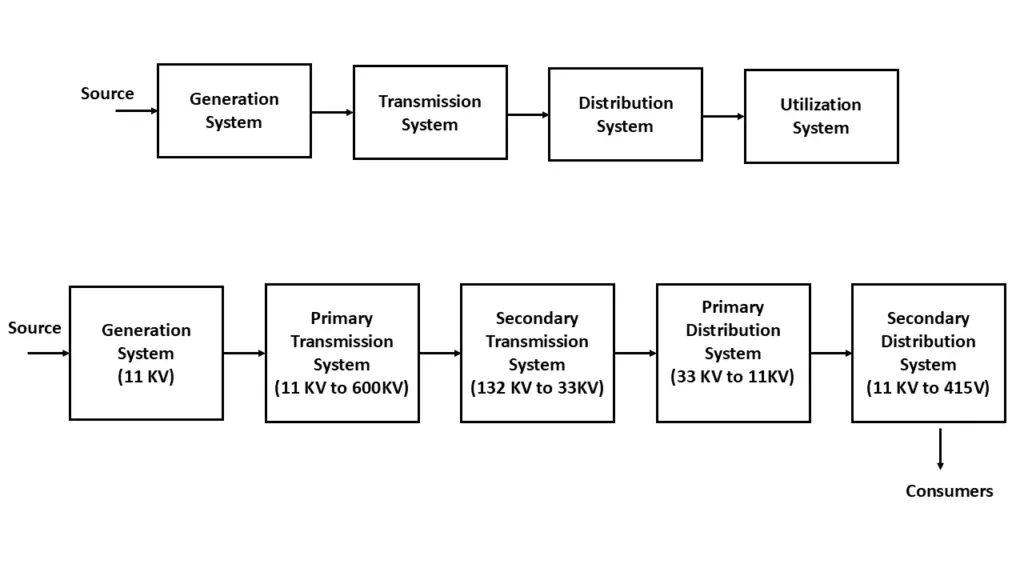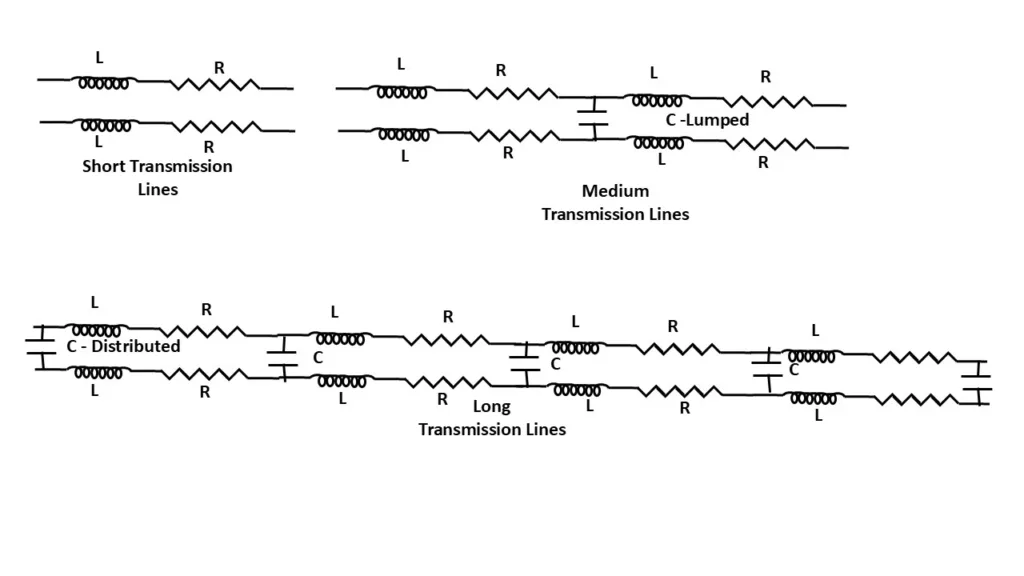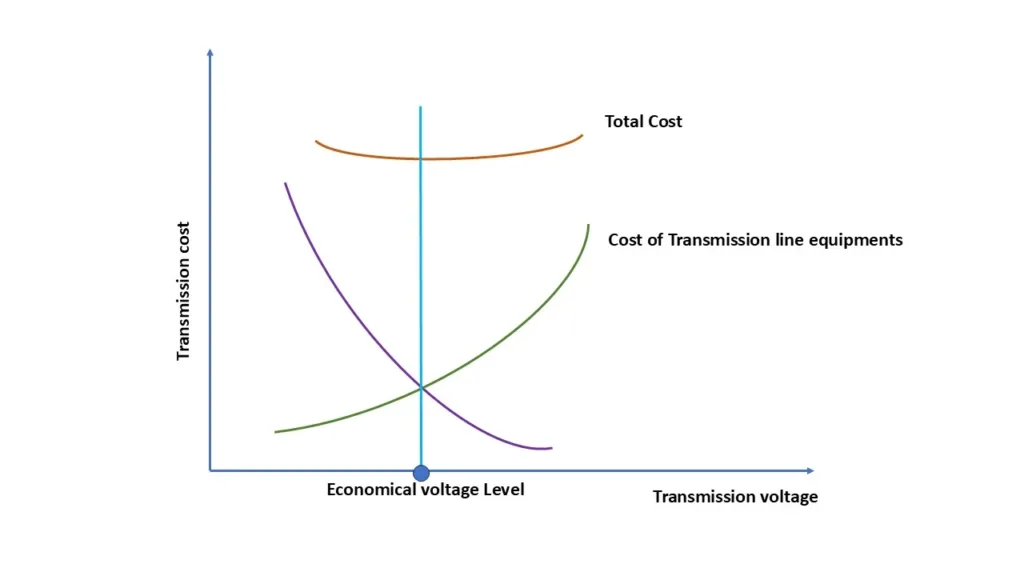In a power system different buses are identified to load flow studies. Buses in power system has associated with four different parameters such active power, reactive power, bus voltage, load angle. There are four type of buses identified for better power system analysis and load flow studies
- Generator bus
- Load bus
- Swing / Slack bus
Definition of bus
Bus in a power system defined as one or more element connected in a node like generators, loads etc.
Please refer below flow chart for types of buses
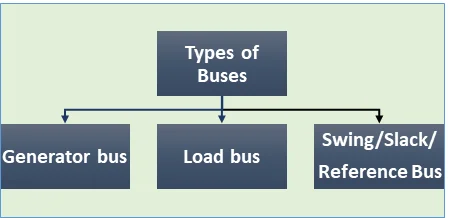
1.Generator bus (PV bus)
Generator bus is also known as PV bus. In this bus active power (Pi) and bus voltage(V) are known parameter. The bus voltage (V) is maintained constant by injecting reactive power into it from generating station. Reactive power (Qi) and load angle (δ) need to be calculated.
All generating stations are connected with this bus.
2. Load bus (PQ bus)
Load bus also known as PQ bus. In this bus active power (P) and reactive power (Q) are known parameter. Bus voltage (V) and load angle (δ) are need to calculated in load flow studies. All loads are connected with load bus. The load can be either resistive or inductive. Hence always there is variation of reactive power demand which causes voltage variation in this bus. But it should be within limit (±5%) only. Load angle (δ) is not important here.
All load centre are connected with this bus
3. Swing bus (or) Slack bus (V δ bus)
In a power system load generated in power station and utilized in load center. The reactive power injected in generating station into generator bus which is taken is positive magnitude and same has been drawn out in load center taken as negative magnitude. Hence during transmission there are considerable amount of power losses (I2R) taken in place. But we don’t know where these losses can be calculated. To find it a bus taken as reference bus. This bus called as swing bus (or) slack bus.
In a slack bus voltage (V) and load angle (δ) are known parameter. Active power (Pi) and reactive power (Qi) are calculated in load flow studies
Comparison of different buses in power system
| Sr.No | Type of bus | Parameters are known | Parameter are need to be calculated |
|---|---|---|---|
| 1 | Generator bus | Active Power (Pi) Bus voltage (V) | Reactive power (Qi) Load angle (δ) |
| 2 | Load bus | Real power (Pi) Reactive power(Qi) | Bus voltage (V) Load angle (δ) |
| 3 | Swing / Slack / Reference bus | Bus voltage (V) Load angle (δ) | Active power(Pi) Reactive power(Qi) |

